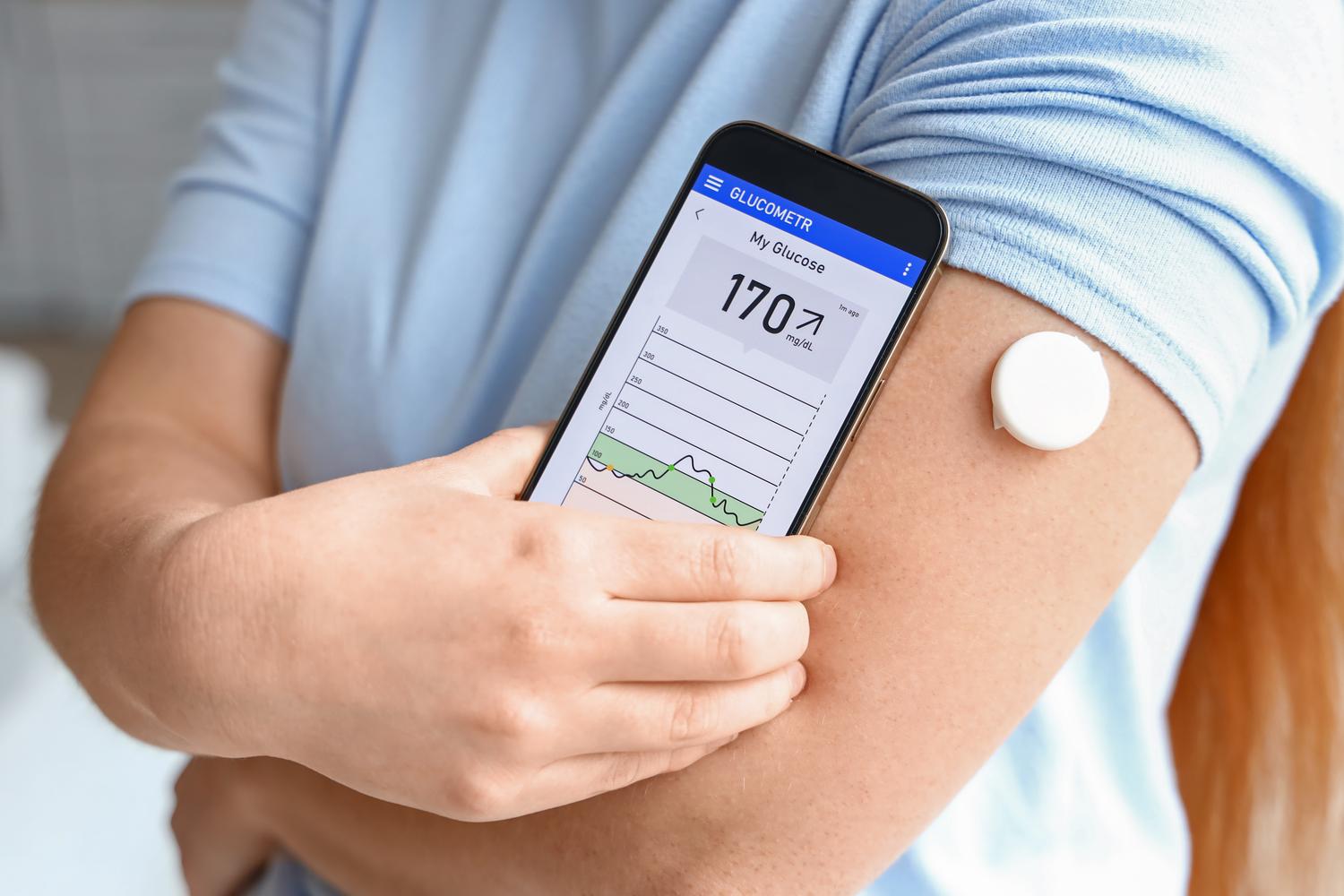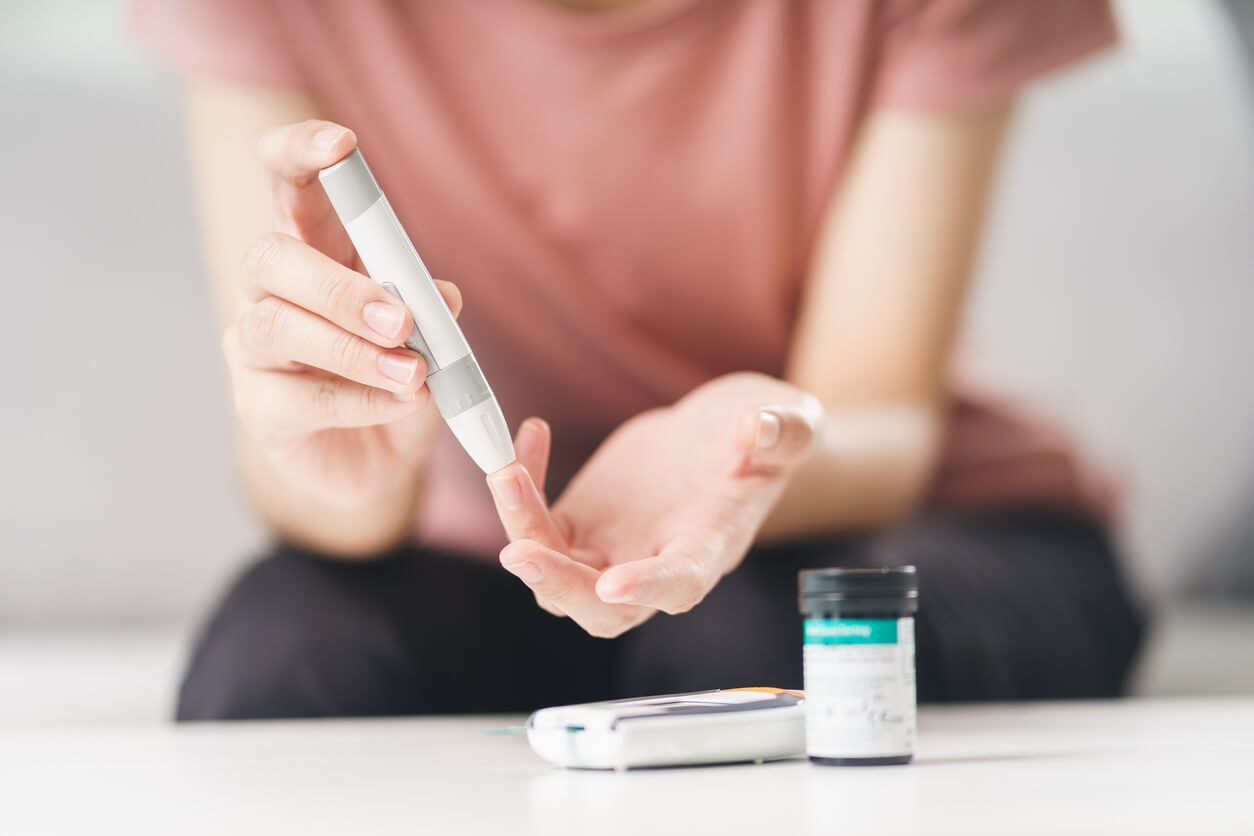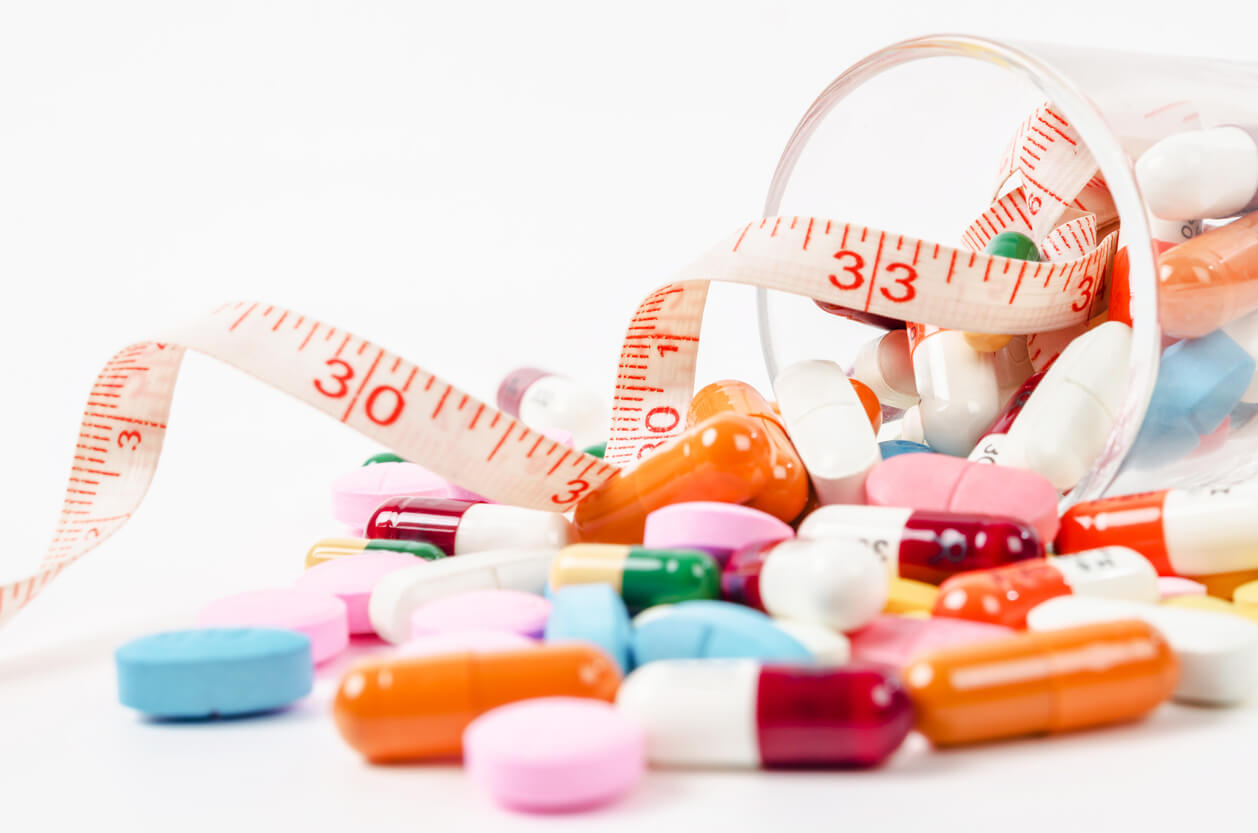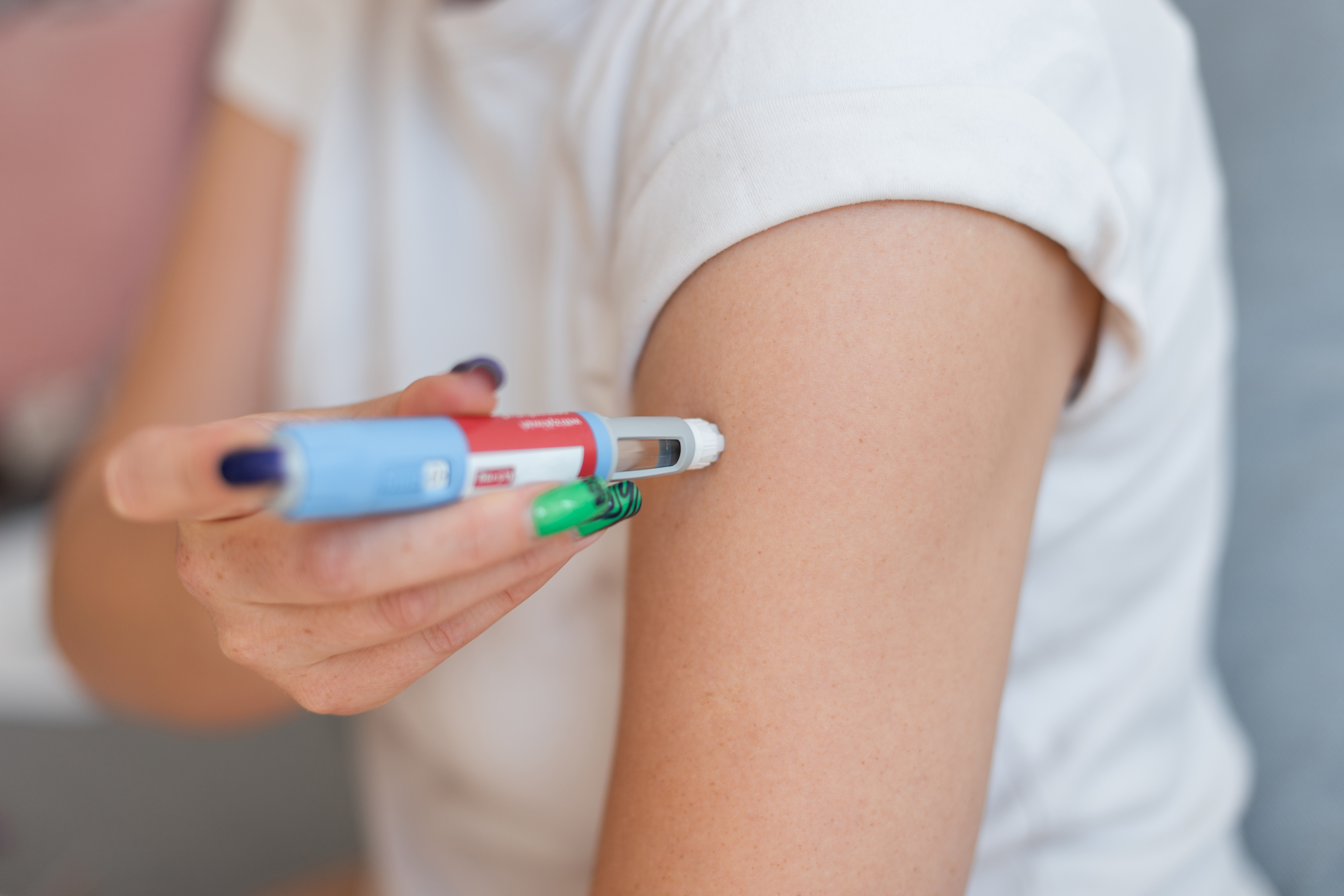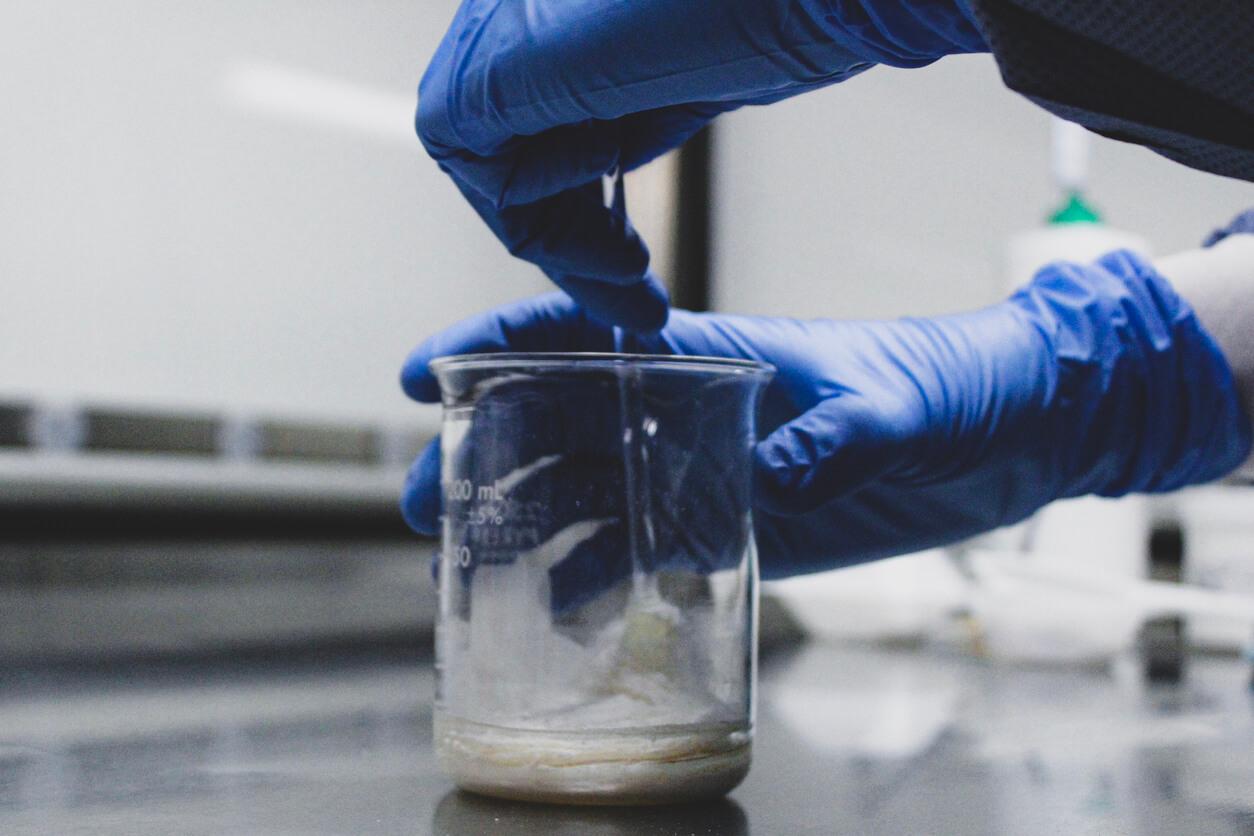Normal Blood Sugar Levels: What You Need to Know
Key Takeaways
- A normal fasting blood sugar level is roughly 70–99 mg/dL, while a normal post-meal blood sugar level (about 2 hours after eating) is around 140 mg/dL for non-diabetics
- Blood sugar levels can be impacted by a number of factors, including diet, physical activity, stress, medications, and underlying health conditions
- Both hyperglycemia (high blood sugar) and hypoglycemia (low blood sugar) can lead to serious health consequences, so it's important to seek medical help right away if you notice symptoms like fatigue, dizziness, blurred vision, or excessive thirst
Blood sugar (blood glucose) is your body’s main source of energy, and it comes from the food you eat. After a meal, your body breaks down carbohydrates into glucose, which then enters your bloodstream and fuels your cells.
The hormone insulin helps your cells absorb that glucose. If your body doesn't produce enough insulin or respond to it properly, your blood sugar can become too high (hyperglycemia) or too low (hypoglycemia), leading to serious health issues or even death. That's why keeping blood sugar within a healthy range is so important.
In this blog post, we’ll explore what normal blood sugar levels look like, how to test them, and how to recognize signs of high and low blood sugar.
What is a normal blood sugar range?
Levels naturally fluctuate throughout the day based on factors like meals, physical activity, medications, and stress. Because of this, healthcare professionals usually define "normal" ranges by looking at glucose levels before and after meals. Here's what your target blood sugar ranges should look like:
Fasting blood glucose (before a meal):This is the amount of sugar in your blood after not eating for at least 8 hours, typically measured in the morning.
- A normal range is usually between 70–99 mg/dL
- A prediabetic range is usually between 100–125 mg/dL
- A diabetic range is usually 126 mg/dL or higher (confirmed with repeat testing)
Post-meal blood glucose (2 hours after eating): Also known as postprandial glucose, this level shows how well your body manages sugar from food.
- A normal range is usually less than 140 mg/dL
- A prediabetic range is usually between 140–199 mg/dL
- A diabetic range is usually 200 mg/dL or higher
If your blood sugar levels fall outside the normal range, it's not necessarily cause for alarm. However, you should still discuss any abnormal results with your healthcare provider to understand what's causing them.
How to test blood sugar levels
While it’s important to recognize the signs and symptoms of abnormal blood sugar levels, the best way to get answers about your blood glucose is to test it! Blood sugar testing can be done via blood tests, a test strip and glucose meter, or through continuous glucose monitors (CGM). The most common testing options include:
- A1C test: An A1C test, also known as the HbA1c or glycated hemoglobin test, is a blood test that provides information about a person's average blood sugar levels over the past two to three months.This type of test offers a longer-term view of blood sugar management compared to daily blood glucose tests.
- Fasting blood sugar test: A fasting blood sugar test measures the glucose levels in the bloodstream after an individual has refrained from eating or drinking anything other than water for a specified period, typically 8-12 hours. It's a common test used to diagnose diabetes or assess how well someone's diabetes is being managed. A normal fasting blood sugar level is typically below 100 mg/dL. Levels between 100 mg/dL to 125 mg/dL suggest prediabetes, while readings of 126 mg/dL or higher on two separate tests indicate diabetes.
- Glucose tolerance test: A glucose tolerance test (often referred to as an oral glucose tolerance test or OGTT) helps assess how the body processes glucose. It involves fasting overnight and then drinking a sugary solution containing a specific amount of glucose. Blood samples are taken before drinking the solution and at intervals afterward, typically over a span of two to three hours. The test measures how efficiently the body clears glucose from the bloodstream over time.
- Random blood sugar test: This test can be taken at any point during the day regardless of when the individual last ate or drank. It's useful for quickly assessing blood sugar levels, especially if a patient is experiencing symptoms of high or low blood sugar. If the test result is 200 mg/dL or higher, it might indicate diabetes. However, a definitive diagnosis typically requires additional testing since various factors throughout the day can influence blood sugar levels.
For individuals with risk factors like obesity, family history, or certain medical conditions, regular testing is especially crucial. The CDC recommends a blood sugar test for adults starting at age 45, with retests every three years.
What causes high blood sugar (hyperglycemia)?
High blood sugar occurs when there's too little insulin or the body’s cells don’t respond to it properly (insulin resistance). This leads to a buildup of glucose in the bloodstream.
The most common cause of persistent high blood sugar is diabetes, which comes in several forms:
- Type 1 diabetes: An autoimmune condition where the body mistakenly destroys insulin-producing cells in the pancreas. Without insulin, blood sugar can rise quickly and dangerously. This type accounts for about 5–10% of all diabetes cases and often begins in childhood or adolescence.
- Type 2 diabetes: The more common form, representing 90–95% of diabetes cases. In this condition, the body either doesn’t produce enough insulin or the cells stop responding to it effectively. It's often linked to genetics, excess weight, and a sedentary lifestyle.
- Gestational diabetes: A temporary form of diabetes that develops during pregnancy. While it typically resolves after childbirth, it can increase the risk of type 2 diabetes later in life for both mother and child.
Other triggers for high blood sugar can include illness, stress, certain medications (like steroids), or skipping insulin or other prescribed treatments.
Unmanaged hyperglycemia over time can lead to serious complications, including heart disease, kidney damage, vision loss, and nerve problems.
What causes low blood sugar (hypoglycemia)?
Low blood sugar occurs when there's too much insulin or not enough glucose in the system to meet the body’s energy needs. This is more common in people taking insulin or blood sugar-lowering medications, especially if they:
- Skip or delay meals
- Exercise intensely without adjusting food intake
- Take too much diabetes medication
Symptoms of hypoglycemia can include shakiness, sweating, confusion, dizziness, and in severe cases, seizures, loss of consciousness, or even death. Because of its rapid onset and severity, hypoglycemia requires immediate attention — often with a fast-acting sugar source like juice or glucose tablets.
How to spot signs of high blood sugar
Recognizing the signs of high blood sugar is crucial. If left unaddressed, it can lead to serious complications, including damage to vital organs. Being aware of these symptoms can help you take appropriate action and seek medical advice when necessary.
Common signs of high blood sugar include:
- Frequent urination: An increased need to visit the restroom.
- Excessive thirst: Feeling parched even after drinking ample water.
- Blurred vision: Visual clarity may diminish, making things appear fuzzy.
- Fatigue: Feeling constantly tired or lacking energy.
- Dry mouth and dry skin: The skin might feel rough, and the mouth may feel constantly dry.
- Unintended weight loss: Losing weight without making efforts to do so.
- Slow-healing sores or cuts: Wounds taking longer than usual to heal.
- Frequent infections: Recurring skin, gum, or bladder infections.
- Tingling or numbness in the hands or feet: A sensation similar to "pins and needles."
- Increased hunger: Feeling constantly hungry despite recent meals.
If you or a loved one shows signs of persistent high blood sugar, consult a healthcare professional to discuss potential causes and necessary interventions.
How to spot signs of low blood sugar
Low blood sugar symptoms can come on suddenly and may vary from person to person. Being vigilant about these signs can help in addressing hypoglycemia promptly and effectively.
Signs of low blood sugar include:
- Trembling or shakiness: Often one of the first noticeable signs.
- Sweating: Especially if it's not related to heat or physical exertion.
- Dizziness or lightheadedness: May feel like you're about to faint.
- Sudden mood changes: Such as irritability or nervousness.
- Fast heartbeat or palpitations: A feeling that your heart is racing.
- Blurred vision: Things might seem out of focus.
- Sudden hunger: An intense and sudden need to eat.
- Weakness or fatigue: Feeling drained or worn out without a clear cause.
- Difficulty concentrating: Challenges in focusing on tasks or conversations.
- Confusion: More severe hypoglycemia can lead to disorientation or the inability to think clearly.
If you or someone you know is showing these symptoms, it's crucial to address the situation immediately, usually by consuming a quick source of glucose and then seeking medical guidance.
When to see a doctor about blood sugar levels
If you're experiencing symptoms of abnormal blood sugar levels or test results outside the normal range, you should consult your healthcare provider immediately, as these can indicate signs of life-threatening conditions.
However, if you have risk factors for diabetes or wish to consult a healthcare professional regarding your diabetes, you can schedule a convenient and affordable online diabetes consult in minutes through Sesame.
Your provider can offer guidance on lifestyle changes, meal plans and assist with treatment plans for diabetes management. Remember, early detection and treatment can prevent complications like cardiovascular issues, high blood pressure and more. Having a holistic understanding of blood sugar levels and staying informed about changes can aid in ensuring a longer, healthier life.

